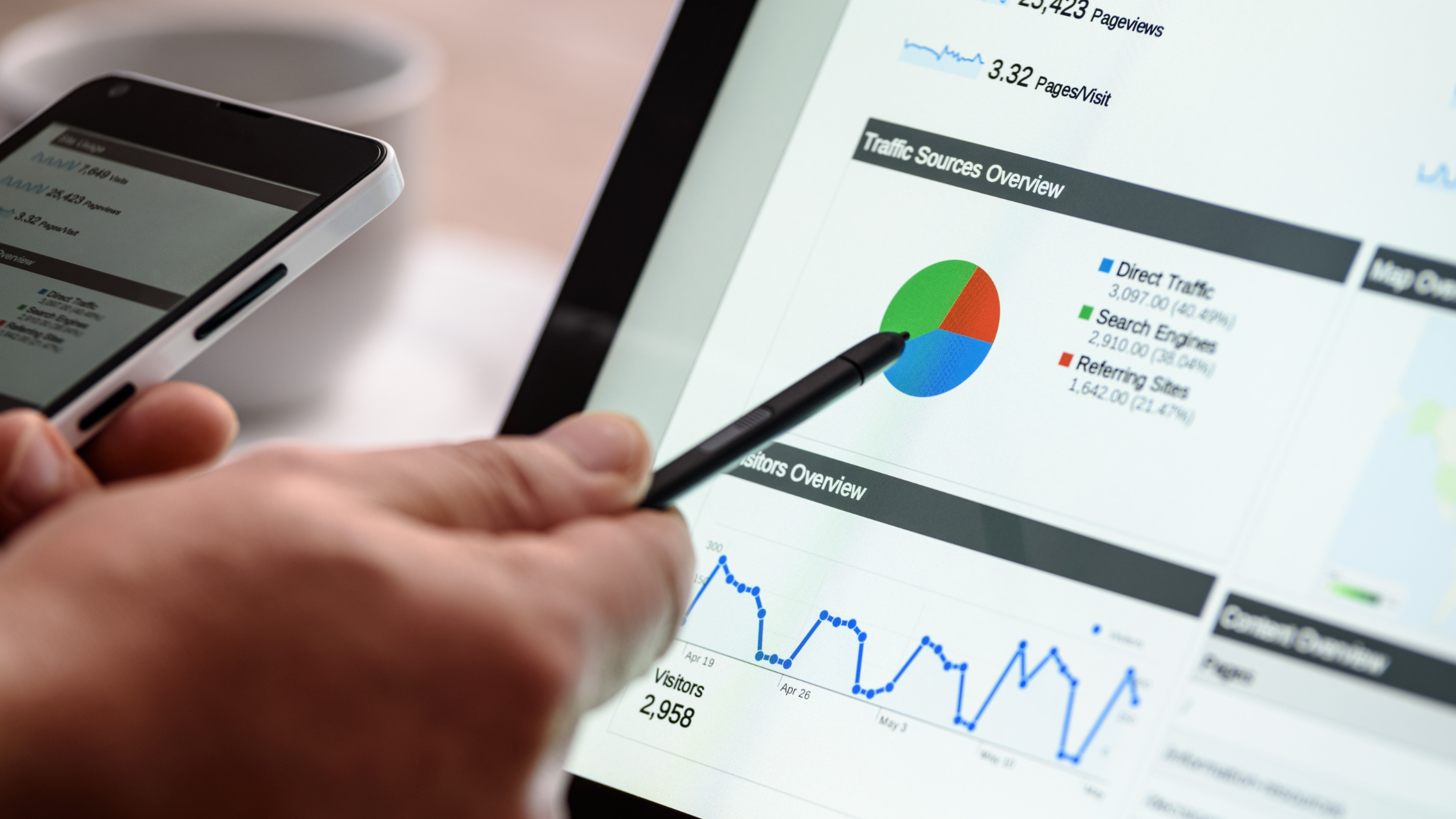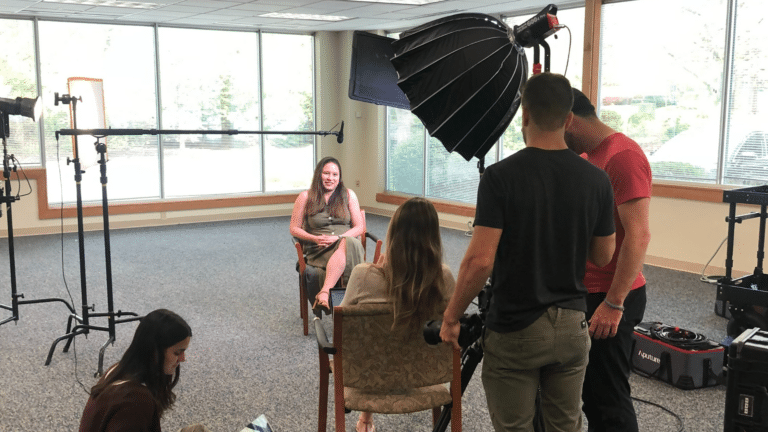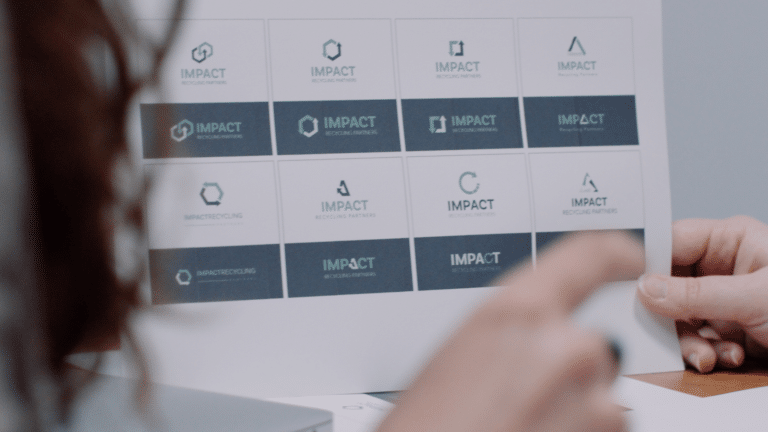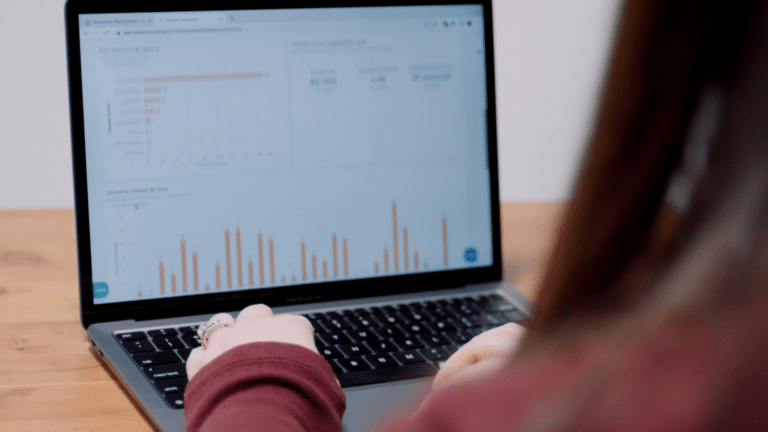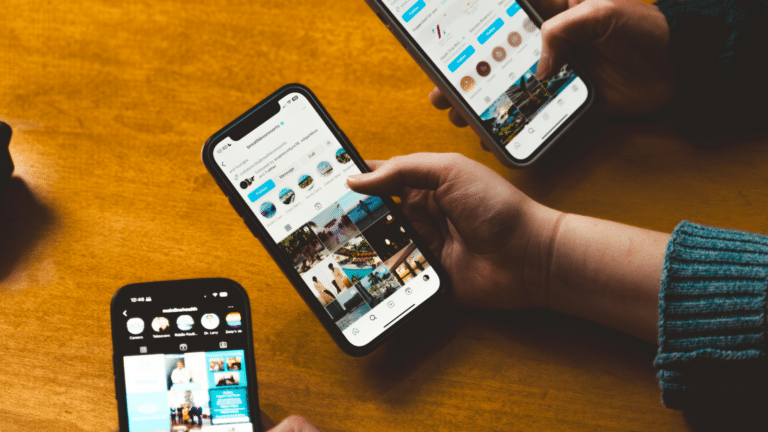Google gets 3.5 billion searches daily, and 4.74 billion people use social media daily. With those numbers, it’s clear why businesses utilize ads on those platforms. But when comparing Google ads vs Facebook ads or other social ads, which is best for your business?
Forge Apollo is a top PPC agency in Philadelphia. In this article, we’ll take you through social media vs Google ads and which is better for your business.
What’s The Difference?
Google ads offer multiple formats across their platforms, but search and display ads are the most well-known. Search ads appear on the search engine results page (SERP) for queries related to the target keyword. Advertisers target specific search keywords for ad placement. Display ads appear on third-party websites in the Google Display Network.
Social media ads run on a social platform, like LinkedIn or Facebook, and have more formats, such as single images, videos, or carousels.
Let’s break down more about social media vs Google ads to understand them better.
Google Ads
Targeting Options
Mainly for search ads, Google Ads targeting centers around keywords. This allows advertisers to target an audience based on their intent online and tailor ads and PPC landing pages to meet that intent.
For example, if someone searches for “emergency dentist near me,” they’re likely ready to convert and want booking information. Whereas someone searching “best dental practices near me” is in the consideration stage and would want more information about a practice before booking.
Other Google targeting options let you retarget audiences from other sources to move them down the funnel.
Format
Format options for Google Ads are limited. Search ads are text (like a typical search result), but display ads can also use images, videos, or other formats.
Placement
Google display ads find users across the internet, while Google search and other ad options find users in Google tools (like search and maps).
Performance
- Average CPC: $1 to $2 (Source)
- Average CTR: 2% (Source)
- Average Conversion Rate: 3.75% (Source)
- Average ROI: $8 for every $1 Spent (Source)
Social Ads
Targeting Options
Social ads allow businesses to target based on demographic and behavioral data. This provides the ability for specific targeting, like age, job title, and interests. This can help you reach new people in your target audience to build brand awareness.
Social ads also provide the ability to retarget audiences based on actions within their platforms or on other platforms, like your website. This helps move contacts down the funnel toward conversion.
Format
Social ads have many formats, such as a single image or video or a carousel of multiple photos. Social ads are generally more visual than Google ads.
Placement
Social ads appear in social apps, finding users in the headspace to relax and scroll. Some platforms, like LinkedIn, offer a similar option to Google’s Display ads, allowing you to run ads on partner websites.
Performance
Choosing the Best Option for Your Company
Choosing the best option for your business comes down to multiple factors. What budget do you have to work with? What is your product or service? Who is going to run the ads? Who is your target audience?
Budget & Competition
Budget and competition are significant contributors to deciding the best ad platform. Some platforms cost more than others, and some industries or keywords are more competitive than others (and cost more to win).
For example, LinkedIn is a high-cost platform when considering Google Ads vs LinkedIn ads. So, Google may be better if you have a low budget. However, bidding on Google keywords in a competitive niche may be too expensive for a low budget. In that case, Facebook ads (with some of the lowest costs across platforms) might be better.
Audience & Niche
It is also essential to consider your audience and what you’re selling them. For example, promoting a new dental practice for a B2C audience might be better on Google because that’s where they’re looking for that type of information.
Software for a B2B audience may do better on LinkedIn, where targeting is professional, or Google, where you can match intent. A tourism destination, however, may perform well on lifestyle platforms like Instagram.
Expertise
Some ad platforms are more complex than others. Google Ads has powerful capabilities but a complicated interface. If someone with limited expertise runs the ads, this may not be the best choice. But an experienced PPC agency in Philadelphia, like Forge Apollo, could help you run them efficiently.
On the other hand, while there are advanced options to make social media ads more powerful, there are some easy promotion options to get started with a little background.
Using Them Together
When questioning Facebook ads vs Google Ads or Google Ads vs LinkedIn ads, the answer is generally that using them together is best.
Using both types of ads allows you to reach consumers at different points in their journey and retarget them to boost momentum.
For example, you could run Google Ads targeting keywords that align with consumers reaching a product or service. Then, retarget the users who visited your landing page with social media ads to familiarize them further with your brand.
Making the Best Quality Meta Ads
Meta story and reel ads may be partially obstructed by user names, captions, and buttons on the slide. We’ve developed templates for Facebook and Instagram Safe Zones to help you ensure that the important parts of your message are making it through.
Reel Safe Zone Template Content Offer
Contact a Top PPC Agency in Philadelphia
When contemplating Google ads vs social media marketing, contact the experts at Forge Apollo in Philadelphia. Our team of PPC and social ad experts can provide you with expert advice and campaign optimization to reach your goals.
